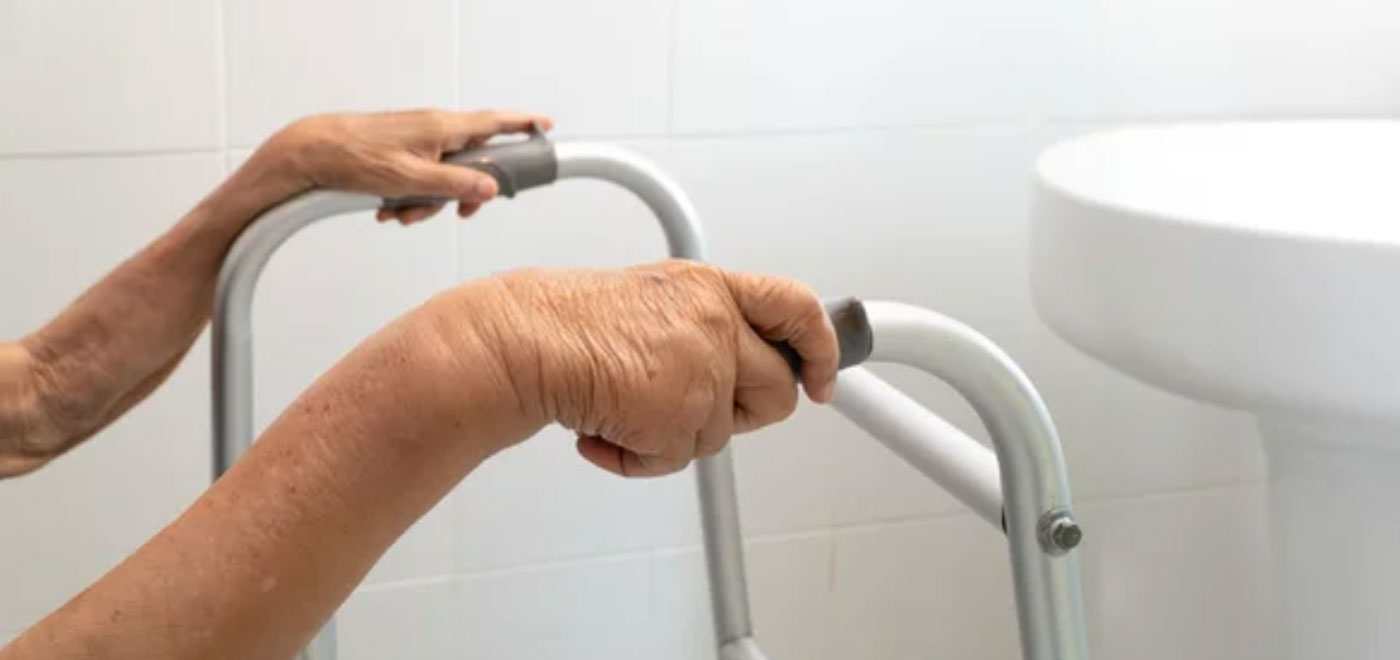Tips for Caregivers: Toileting Dementia Patients
Tips for Caregivers: Toileting Dementia Patients

Understanding Toileting Challenges in Dementia Care
Helping a loved one with dementia use the toilet can be one of the most challenging aspects of caregiving. As dementia progresses, individuals often experience loss of bladder and bowel control, particularly in the later stages of the disease. This change can create discomfort and embarrassment for both the person with dementia and their caregiver.
Maintaining toileting independence for as long as possible is crucial for preserving dignity and self-esteem. When caregivers understand common toileting challenges and implement effective strategies, they can significantly reduce stress while providing compassionate care for their loved ones with dementia.
Common Toileting Challenges in Dementia
People living with dementia face several toilet-related difficulties that increase as the condition progresses:
Loss of Bladder and Bowel Control
As dementia affects the brain’s control centers, many individuals experience incontinence – the inability to control bladder or bowel movements. This can happen occasionally or become a regular occurrence, requiring specialized dementia care strategies.
Difficulty Recognizing the Need to Use the Toilet
Cognitive decline may prevent your loved one from recognizing bodily signals indicating they need to use the bathroom. By the time they realize the need, it might be too late to reach the toilet in time.
Trouble with Removing or Adjusting Clothing
The sequential steps involved in toileting – locating the bathroom, removing clothing, sitting down, etc. – can become confusing for someone with dementia. They may struggle with buttons, zippers, or even recognizing which clothes need to be removed.
Nighttime Toileting Challenges
Darkness, disorientation, and mobility issues can make nighttime bathroom trips particularly hazardous for dementia patients. The urgency often leads to accidents or falls when attempting to reach the bathroom independently.
Practical Toileting Tips for Caregivers of Dementia Patients
Routine Management
Establishing a consistent toileting schedule is essential for managing dementia toileting challenges. Encourage regular bathroom visits approximately every two hours throughout the day. Carefully observe your loved one’s natural patterns and adapt your schedule accordingly – some individuals are remarkably consistent with their toileting needs.
Recognizing Toileting Signs in Dementia
Learning to identify the subtle cues that indicate your loved one needs to use the bathroom can prevent many accidents. Watch for signs like unusual agitation, restlessness, fidgeting, tugging at clothing, or touching the genital area. Respond promptly when you notice these toileting signs to maintain dignity and prevent distress.
Clothing Adaptations for Easier Toileting
Select easy-to-remove clothing specifically designed for seniors with dementia. Pants with elastic waistbands, Velcro closures instead of buttons, and slip-on shoes can significantly simplify the toileting process. Provide gentle assistance with removing and replacing clothing while encouraging as much independence as possible through verbal cues and guidance.
Nighttime Toileting Solutions
Place a bedside commode, bedpan, or urinal within easy reach to prevent dangerous nighttime wandering to the bathroom. Consider using high-quality incontinence pads to protect bedding and reduce anxiety about potential accidents. Install motion-activated nightlights along the path to the bathroom to ensure safe navigation if your loved one can still use the toilet.
Fluid and Medication Adjustments
Consult your loved one’s healthcare provider about possibly limiting fluid intake during evening hours to reduce nighttime urination frequency. Discuss adjusting the timing of medications, particularly diuretics that increase urination. Ask about leg elevation techniques during daytime hours that may help reduce fluid accumulation and nighttime bathroom needs.
Toilet Safety Modifications for Dementia Patients
Enhance bathroom safety by installing grab bars, raised toilet seats with handles, and non-slip floor mats. Use contrasting colors for toilet seats to improve visibility – a red or blue seat on a white toilet is easier to recognize for someone with cognitive impairments. Ensure the bathroom is well-lit and remove obstacles that might impede access.
Managing Incontinence in Dementia
Despite your best efforts, incontinence may eventually become unavoidable as dementia progresses. Implementing these strategies can help manage the situation with dignity:
- Select appropriate incontinence products specifically designed for adults with dementia
- Establish a regular changing schedule rather than waiting for products to become saturated
- Keep skin clean and dry to prevent irritation, infection, and pressure sores
- Use barrier creams to protect skin from moisture and irritation
- Maintain matter-of-fact, respectful communication without expressing frustration
Remember that incontinence is a symptom of the disease, not a behavioral choice. Approaching the situation with patience and understanding helps preserve your loved one’s dignity during this challenging aspect of dementia care at home.
Supporting the Caregiver
Providing toileting assistance for someone with dementia can be physically and emotionally taxing. As a caregiver, remember to practice self-care and seek support when needed. Consider joining a caregiver support group specifically for those managing dementia challenges. These groups offer valuable advice, emotional support, and practical tips from others facing similar situations.
If possible, arrange for respite care occasionally to give yourself a break. Even a few hours away can help rejuvenate your emotional reserves and prevent burnout. Remember that your wellbeing directly impacts the quality of care you can provide for your loved one with dementia.
This article has been expanded from content originally courtesy of Active Daily Living.



